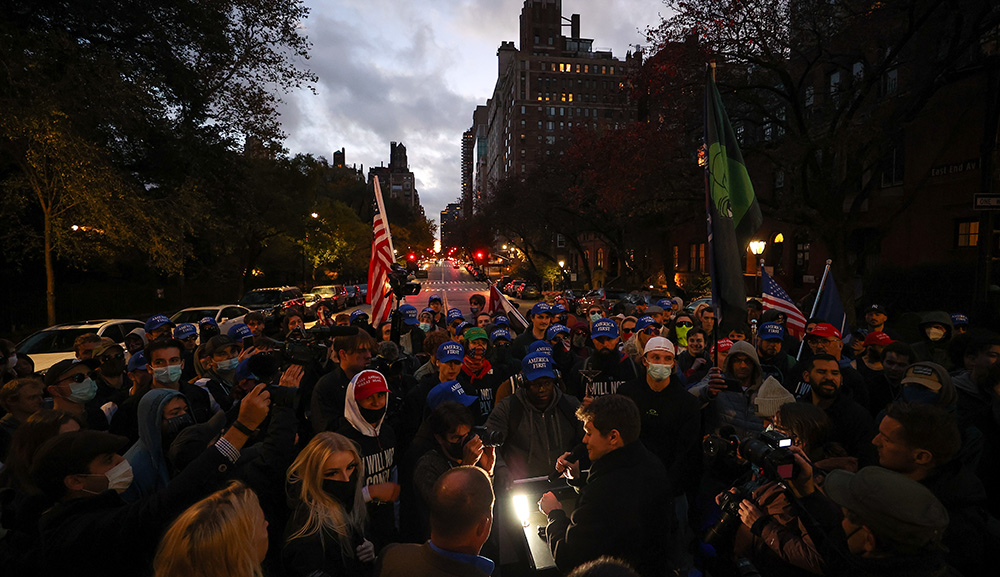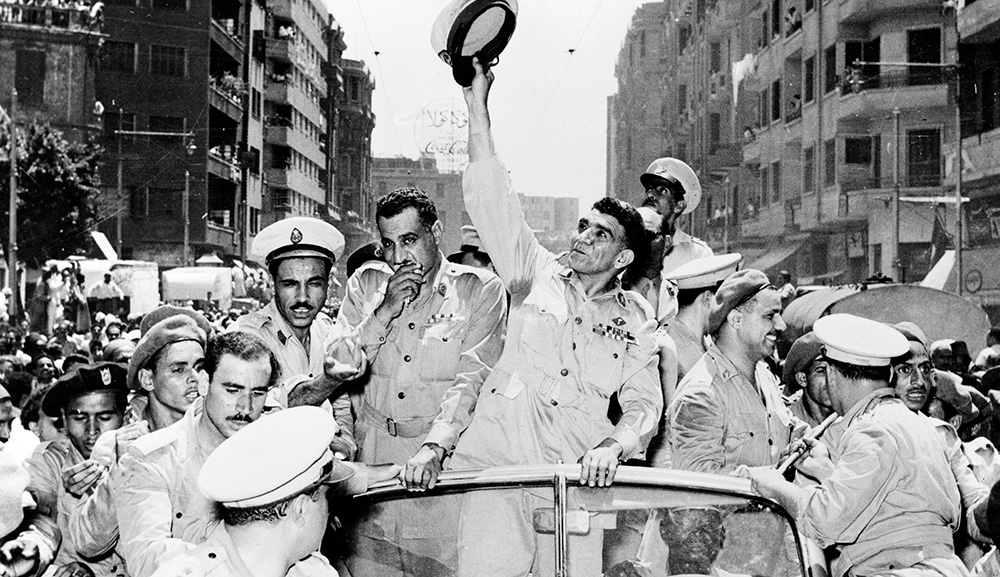It is hard to believe, argues Henri Barkey, that Turkish pilots downed a Russian plane without getting approval from the upper echelons of the country’s military—or, indeed, civilian—leadership. Barkey speculates as to the decision’s motivation and its likely consequences:
The Turks seemed particularly upset at the Russian bombardment of their allies, the anti-Assad Turkmen militia. Turkey has invested a lot of support in this militia; President Recep Tayyip Erdogan publicly admitted that they had been supplying it with arms. Another worrying factor for Ankara was the growing post-Paris consensus to prioritize the fight against Islamic State at the expense of the fight against Bashar al-Assad, which has always been Turkey’s primary focus. Finally, the mood in the West regarding Putin’s bullying tactics, from Ukraine to Syria, had turned sour.
Still, even if the Turks were confident of NATO support and correctly judged the growing Putin fatigue in the West, this remains too risky a decision for any country to take. The decision requires a great deal of self-confidence, as well as an element of risk-taking. All this points to Erdogan, who possesses both of these attributes.
Turkey may now realize that it has overplayed its hand. Erdogan, who initially said there was nothing to apologize for, is now saying that if [the Turkish military] knew it was a Russian plane it would probably have acted differently. Erdogan likely changed his tune because Putin didn’t lose any time in retaliating against Turkish interests: Turkish convoys in Syria delivering supplies to the opposition have been bombed, Turkish businessmen have been denied entry at the Moscow airport, tourism packages are being cancelled. . . . Eventually the tensions will subside, but for the moment two mercurial leaders are confronting one another. How long the confrontation will last depends on their particular calculations.
Read more at American Interest
More about: ISIS, Recep Tayyip Erdoğan, Russia, Syrian civil war, Turkey, Vladimir Putin


